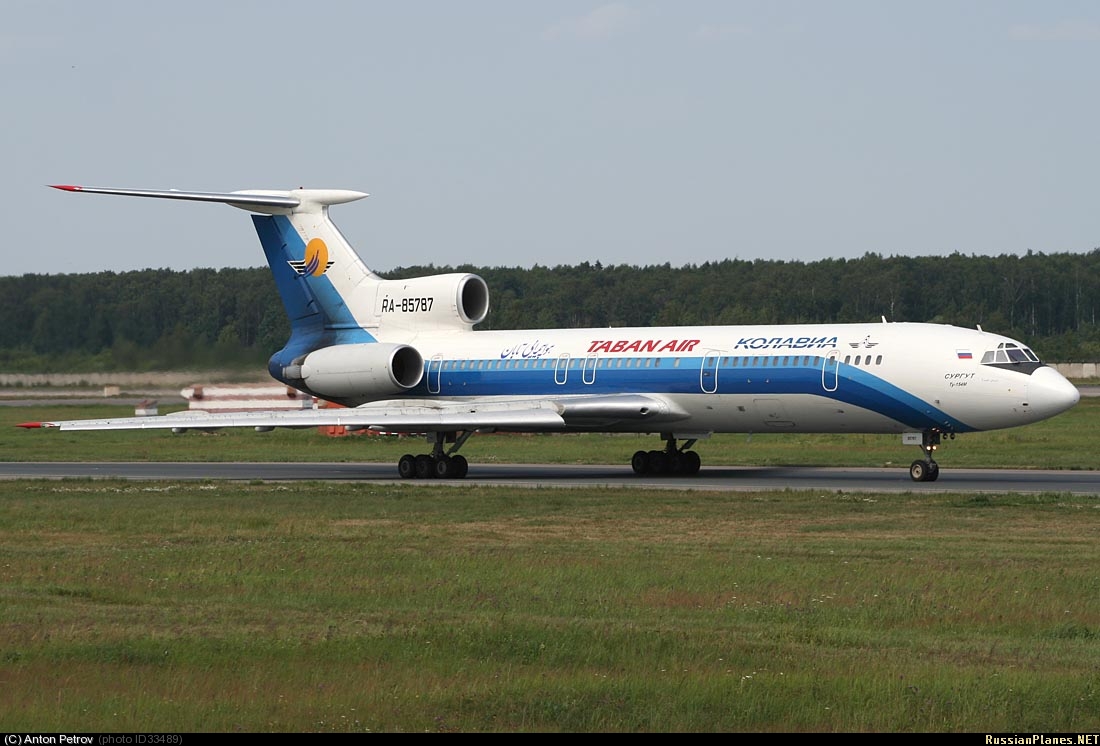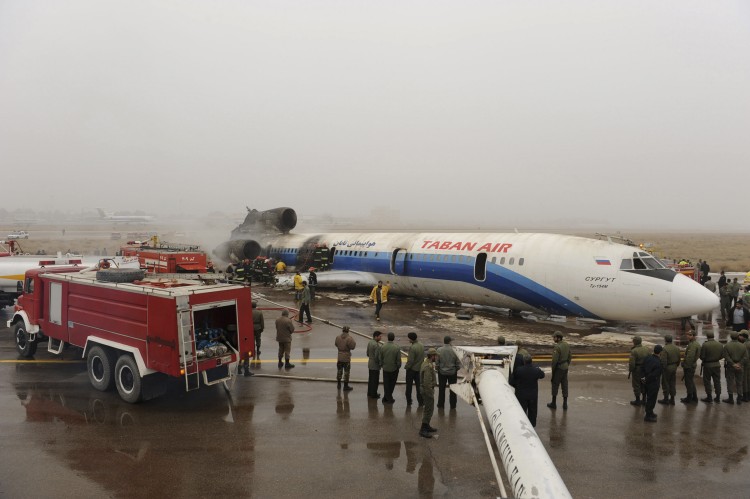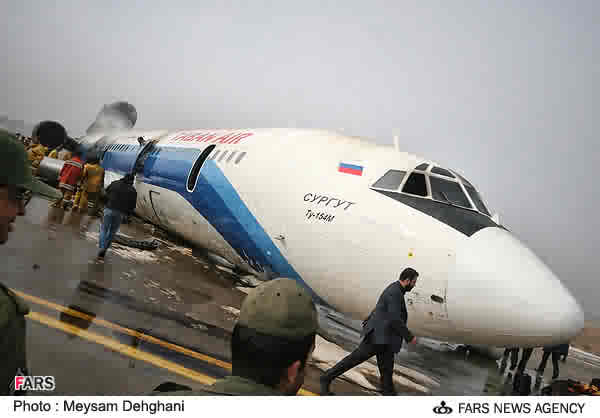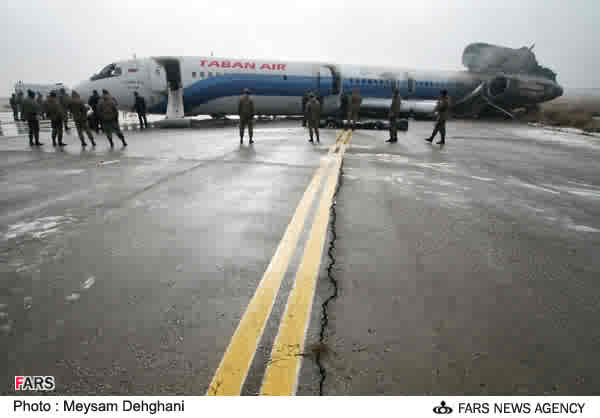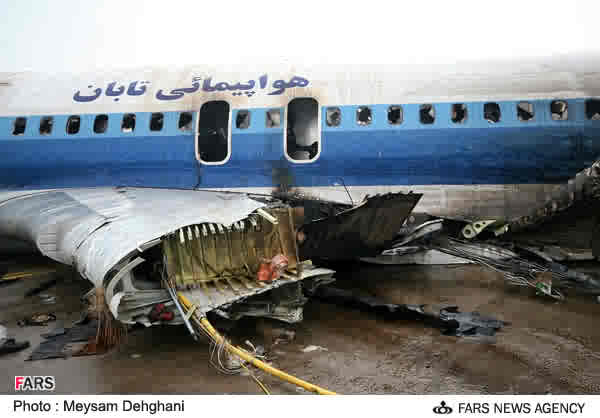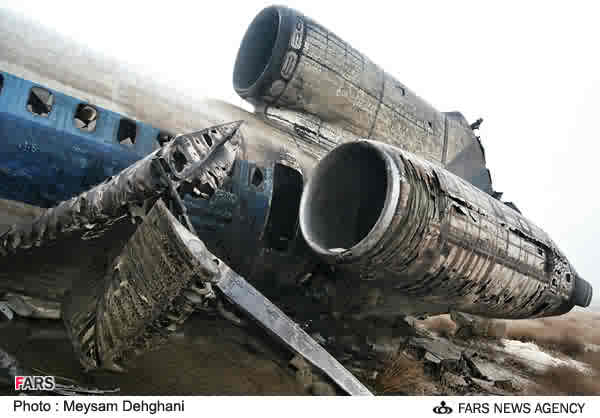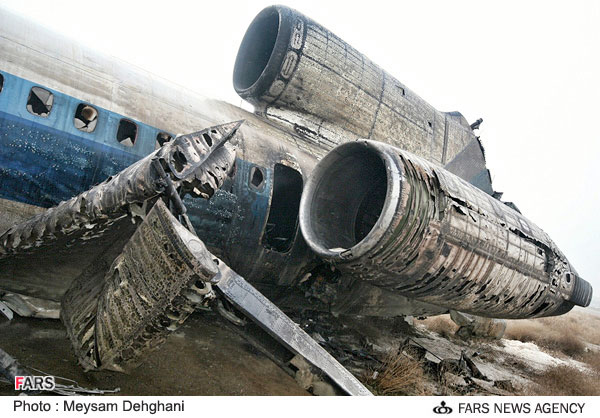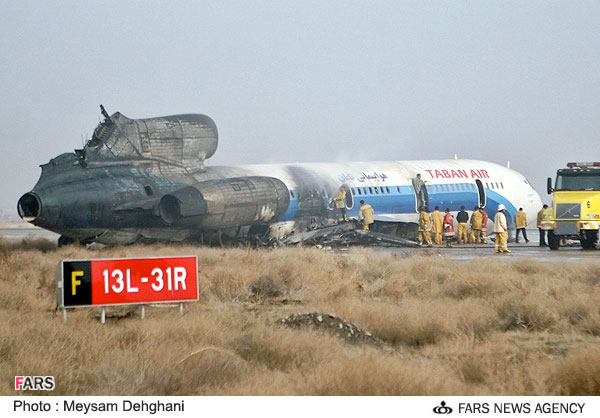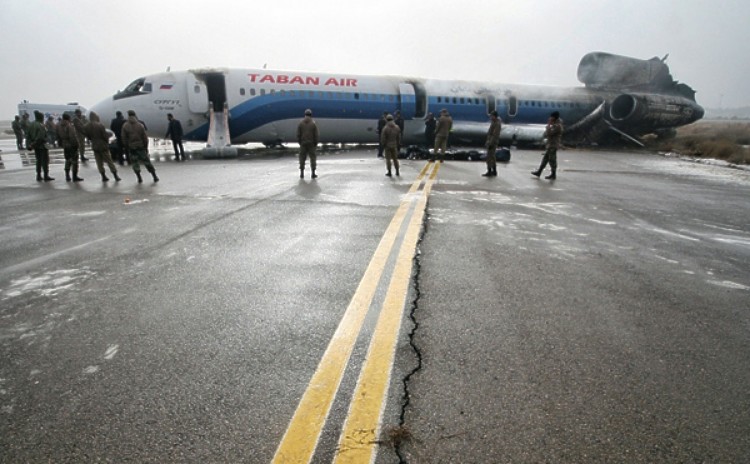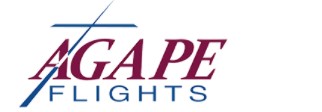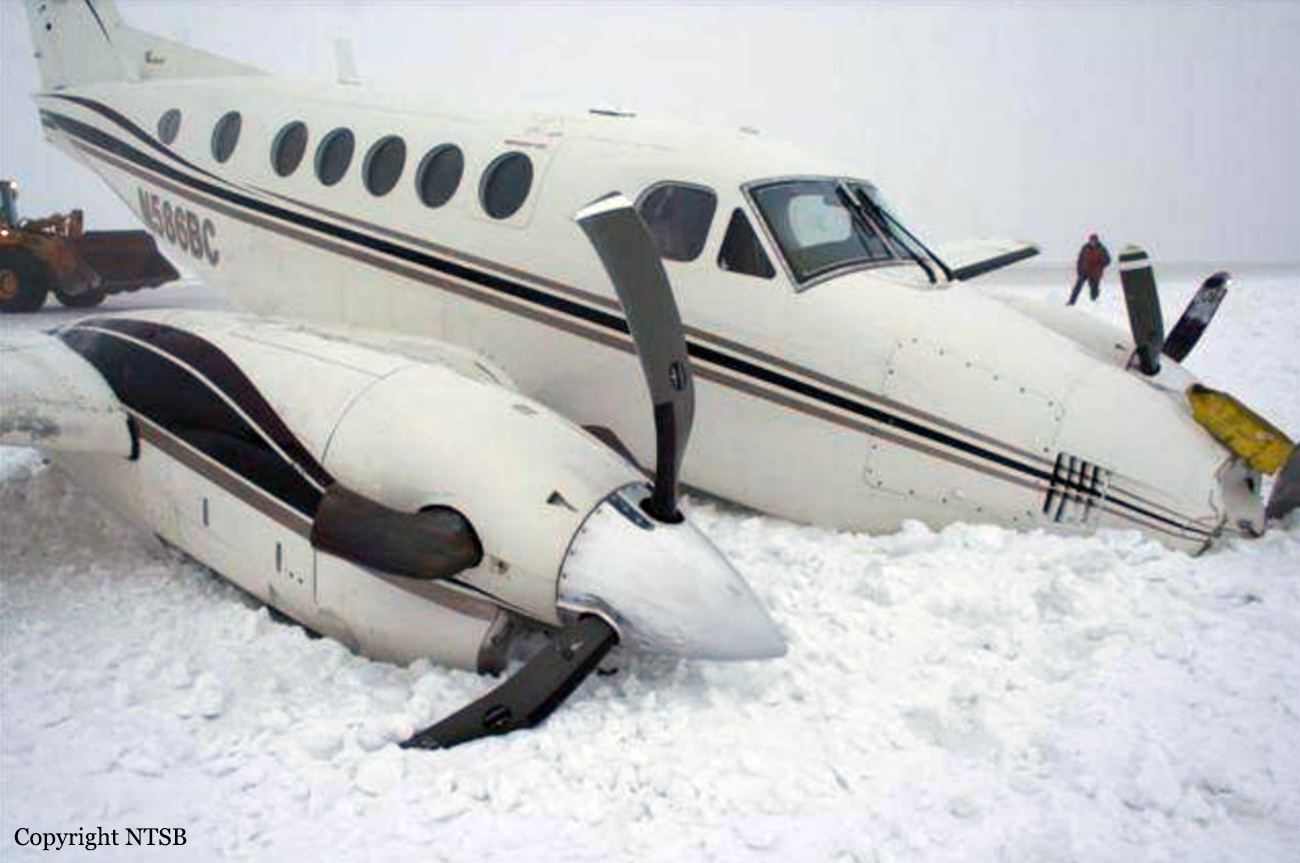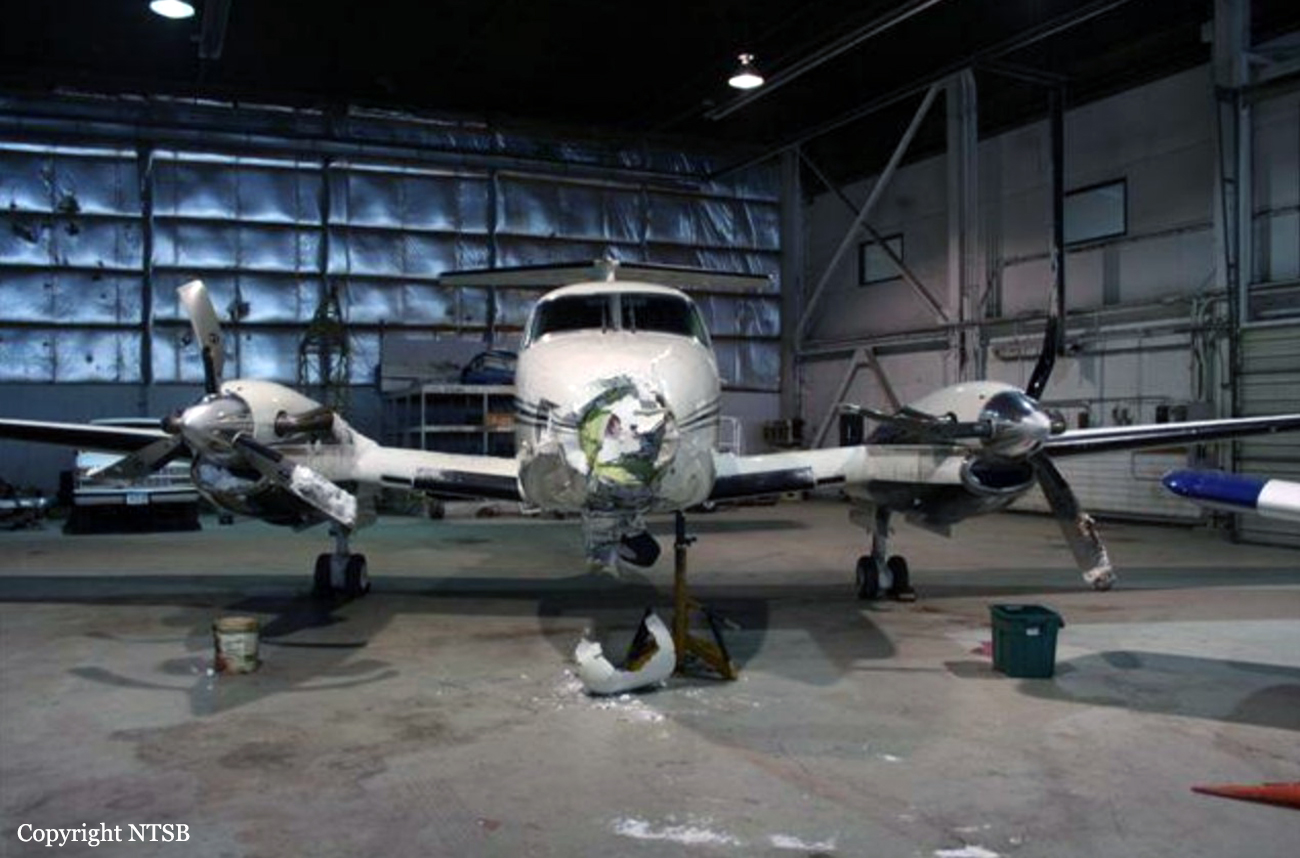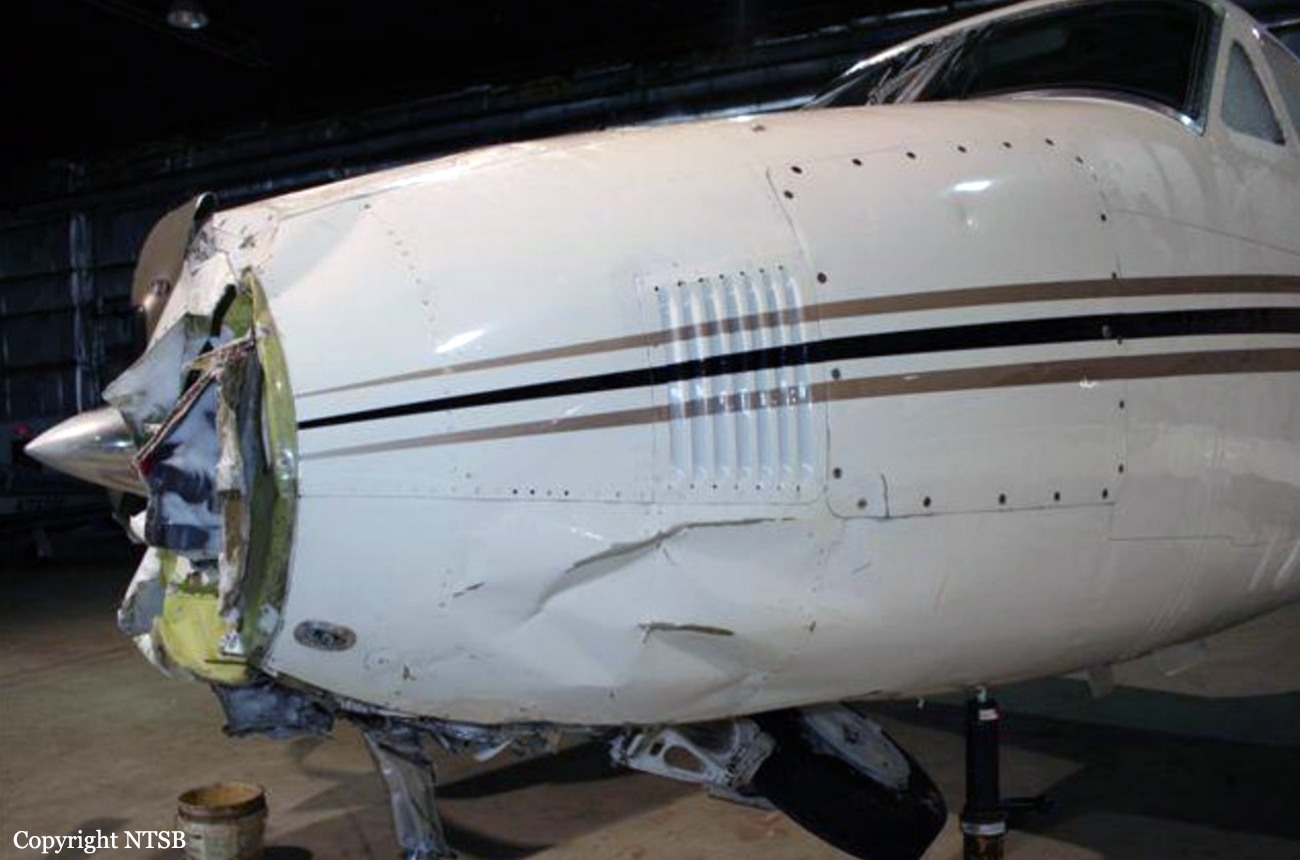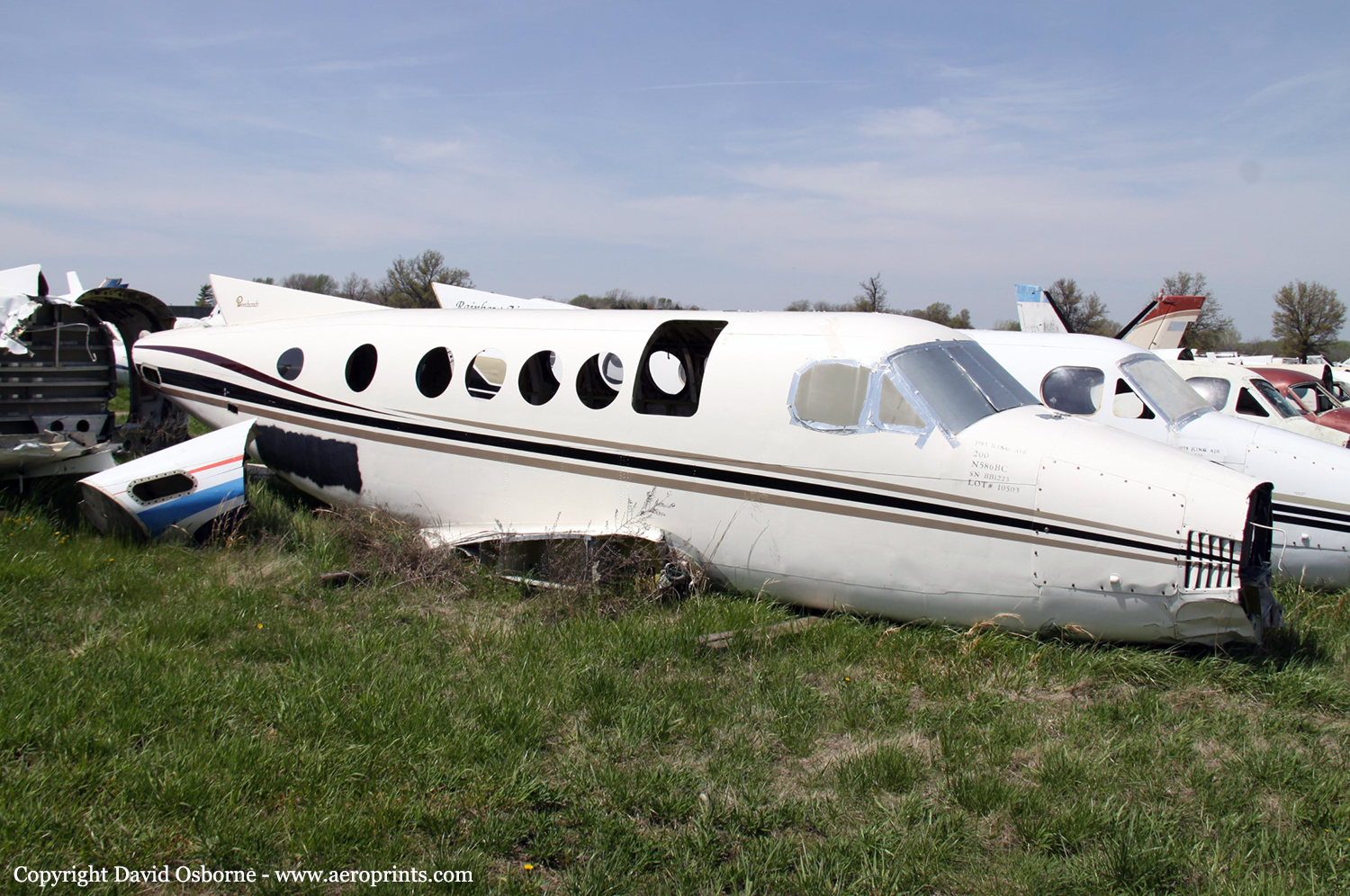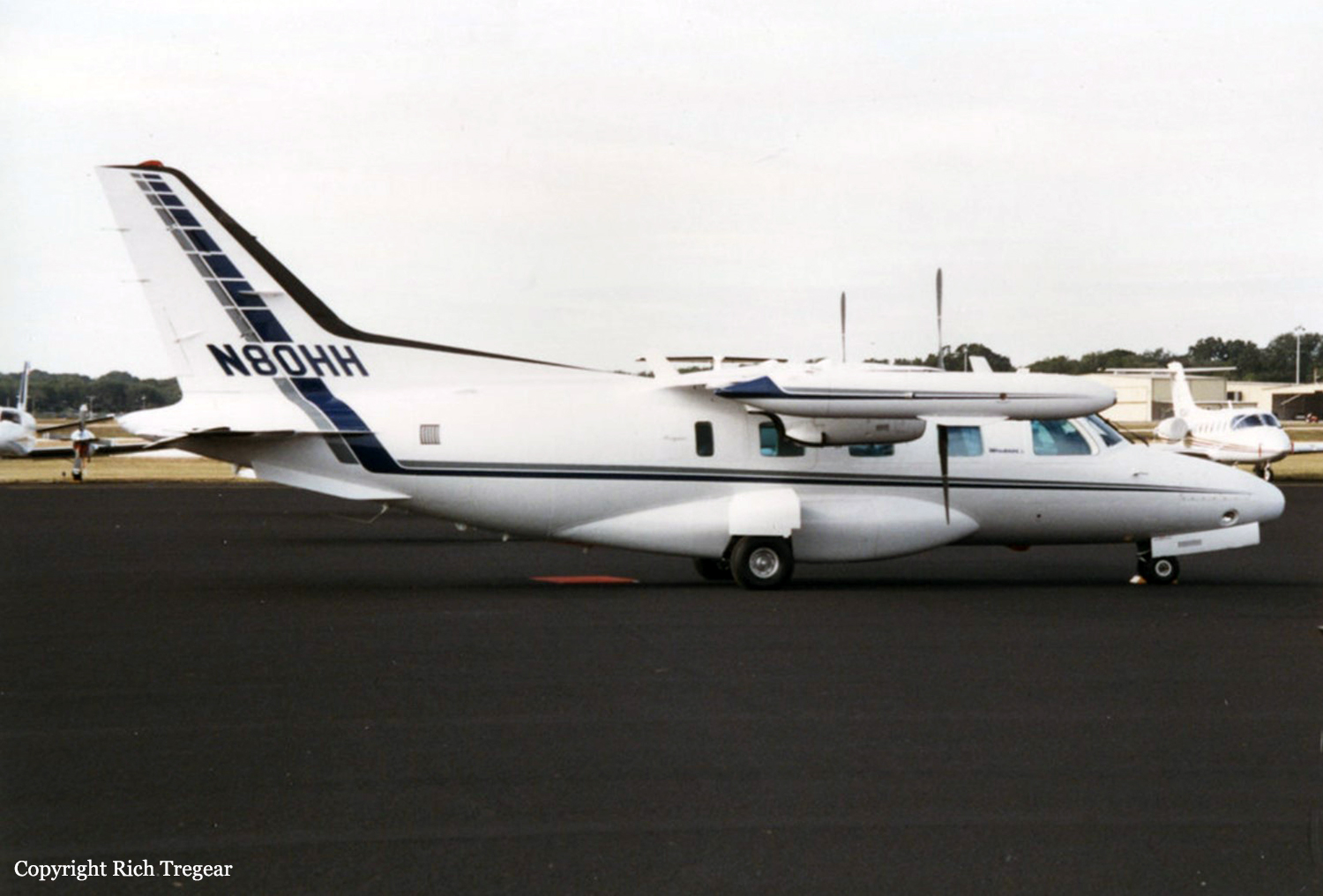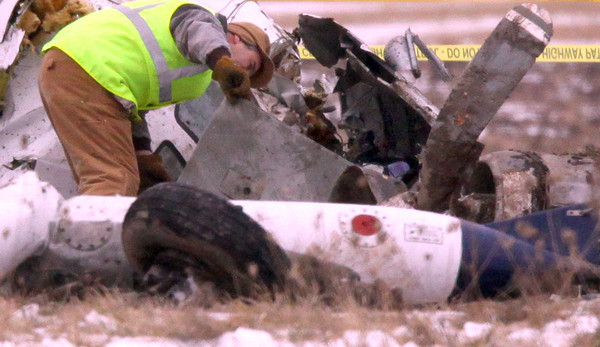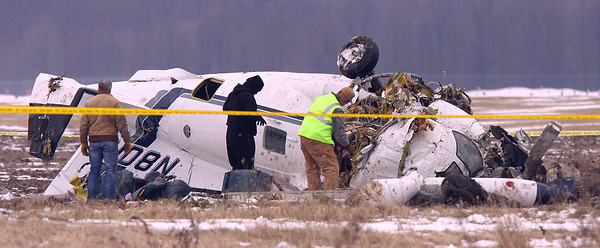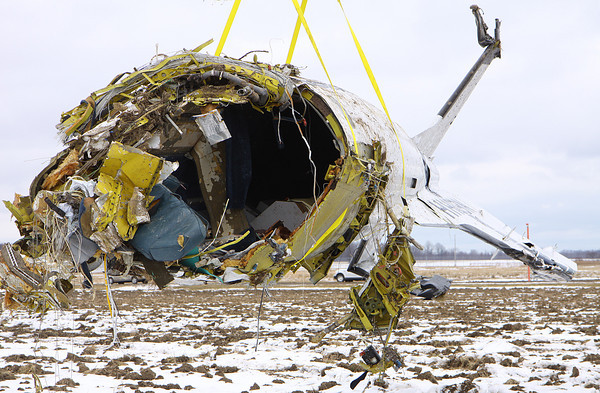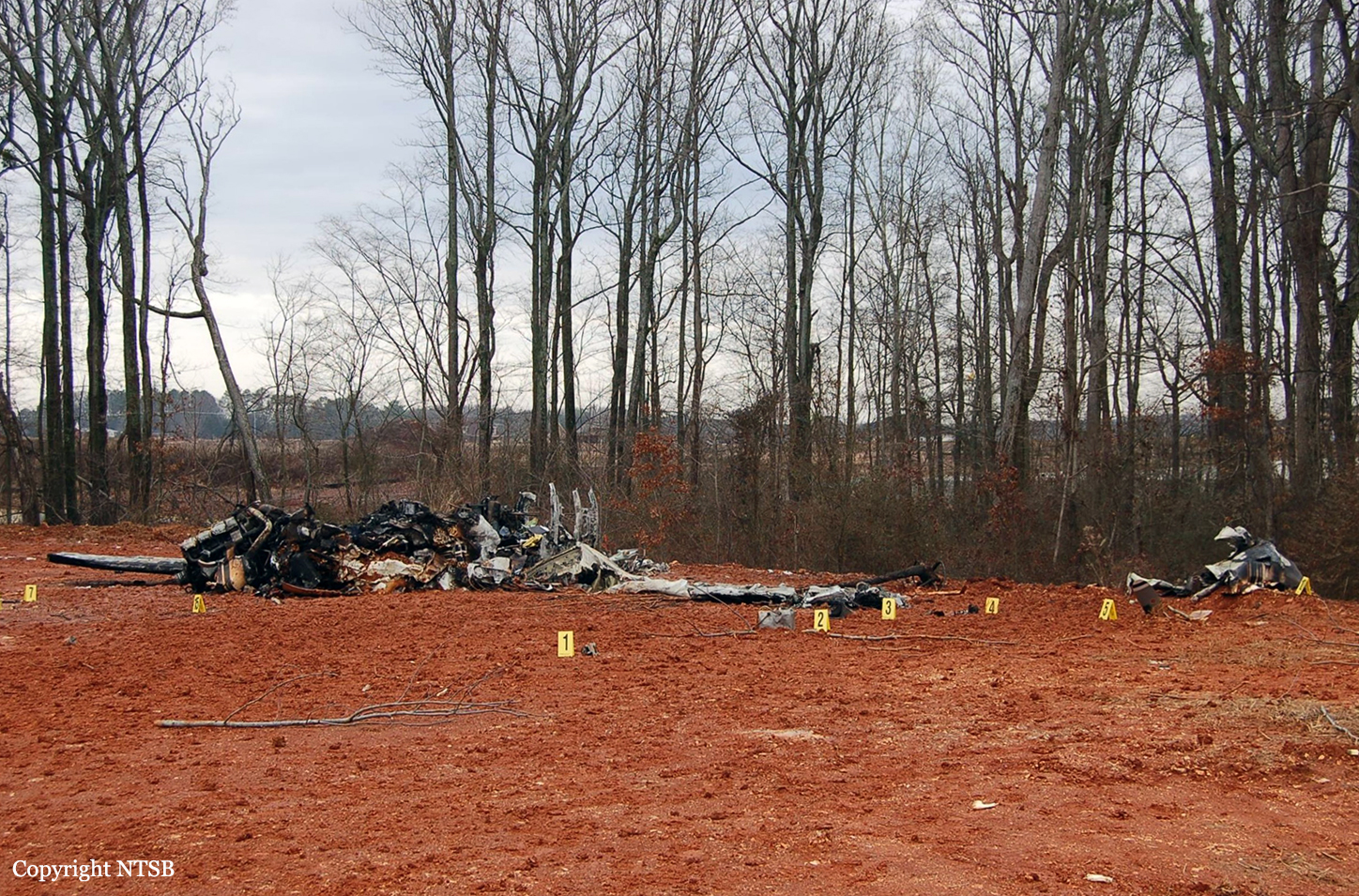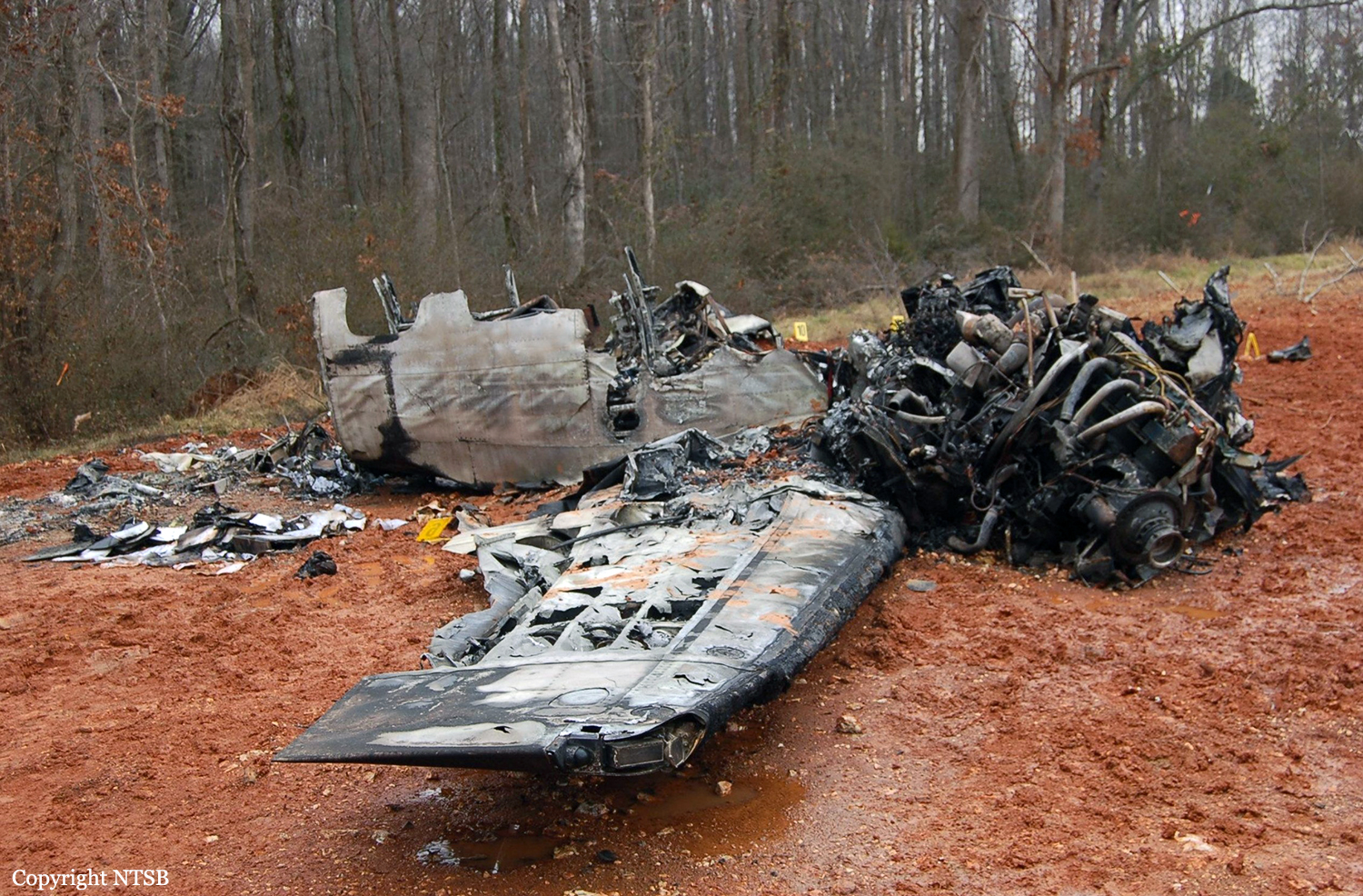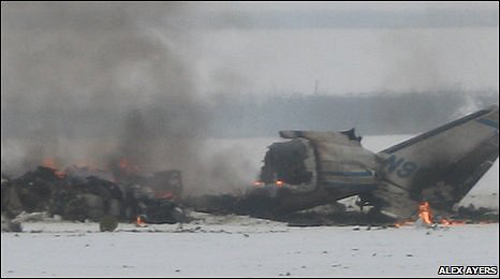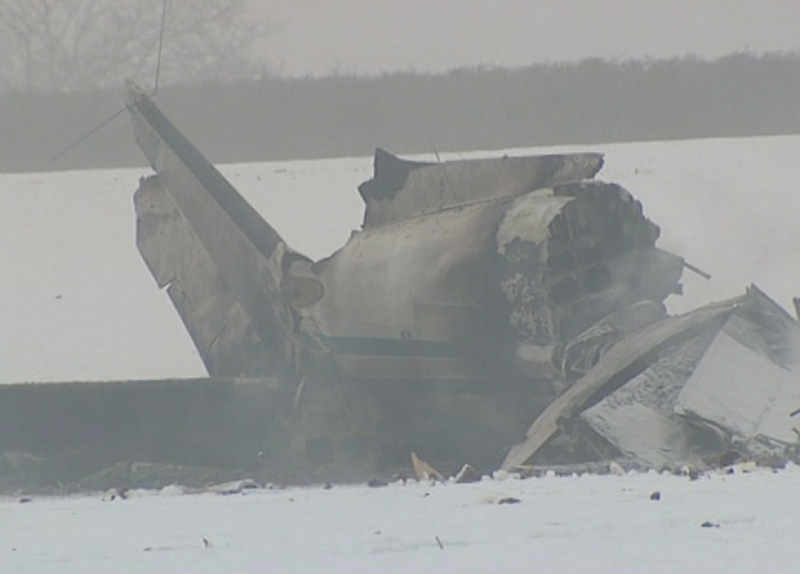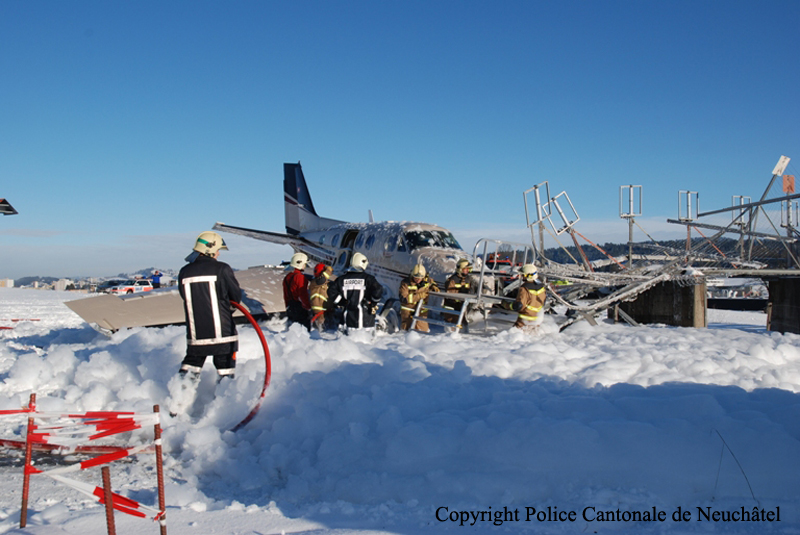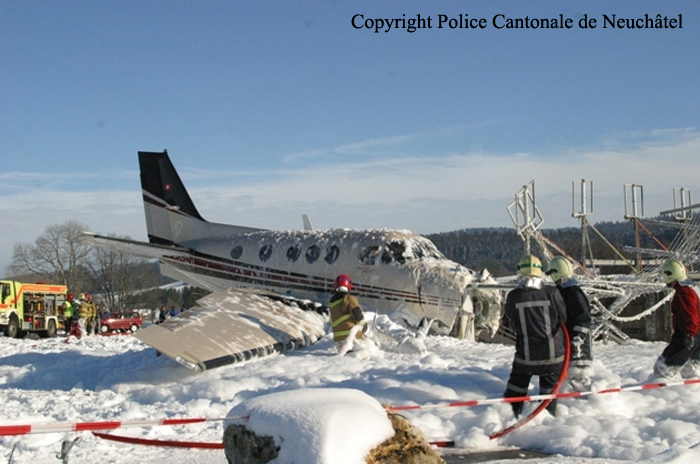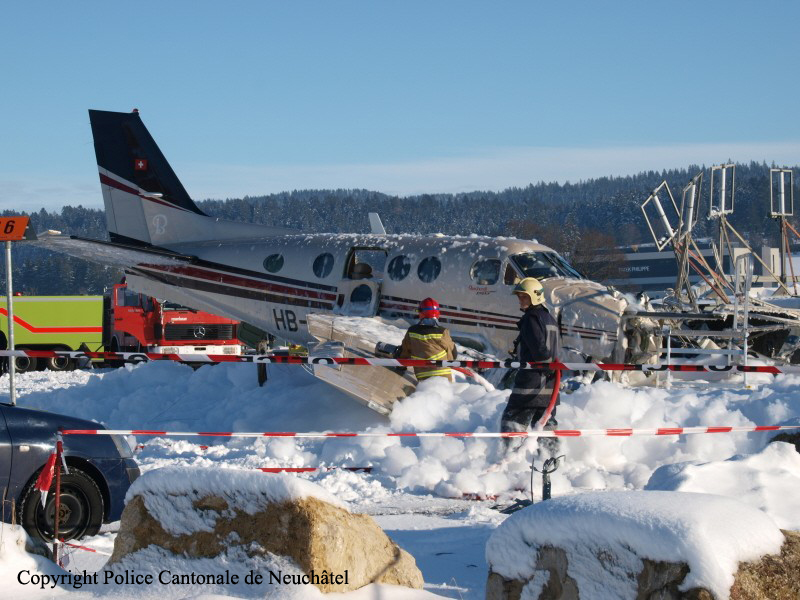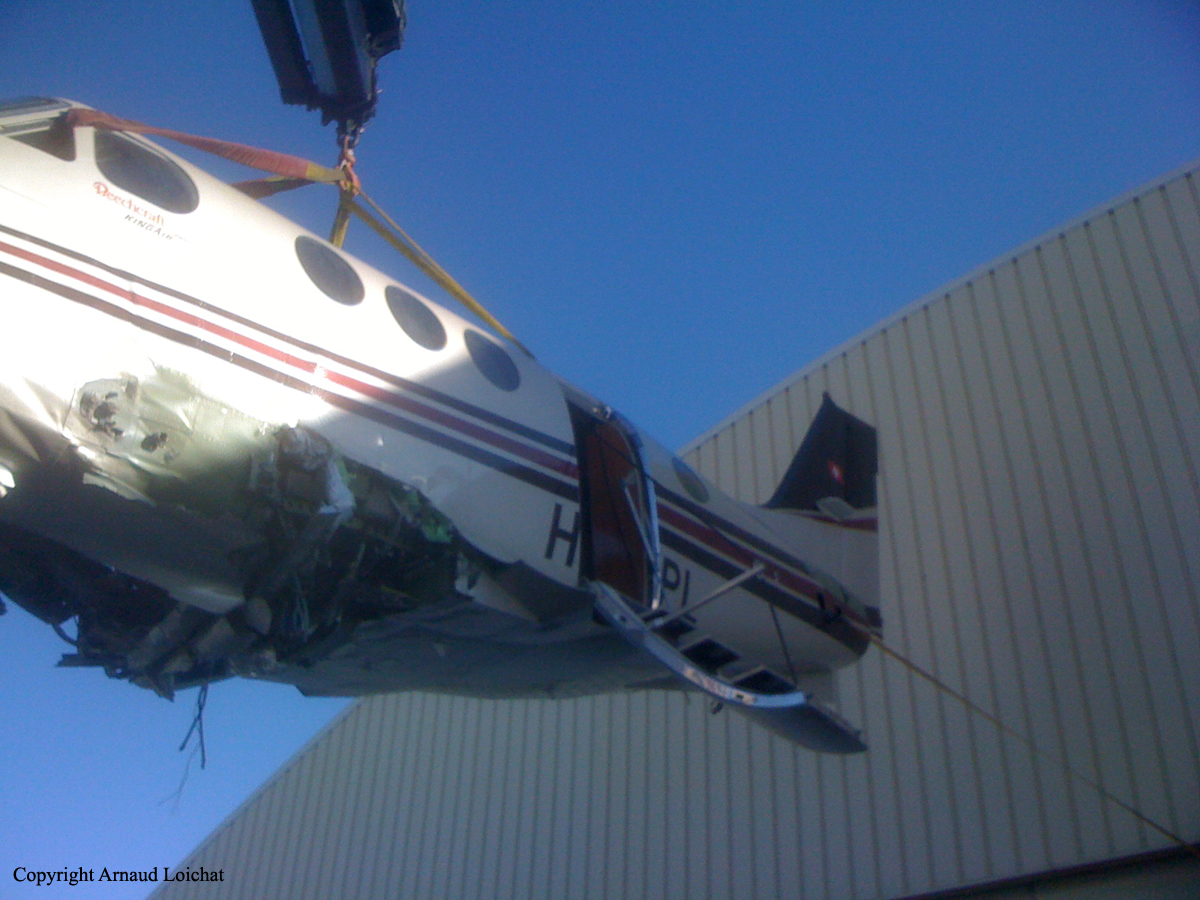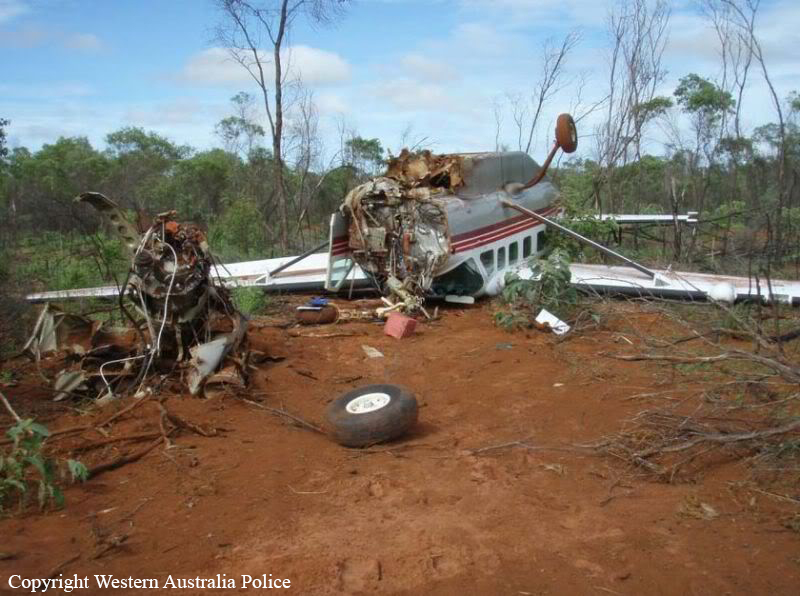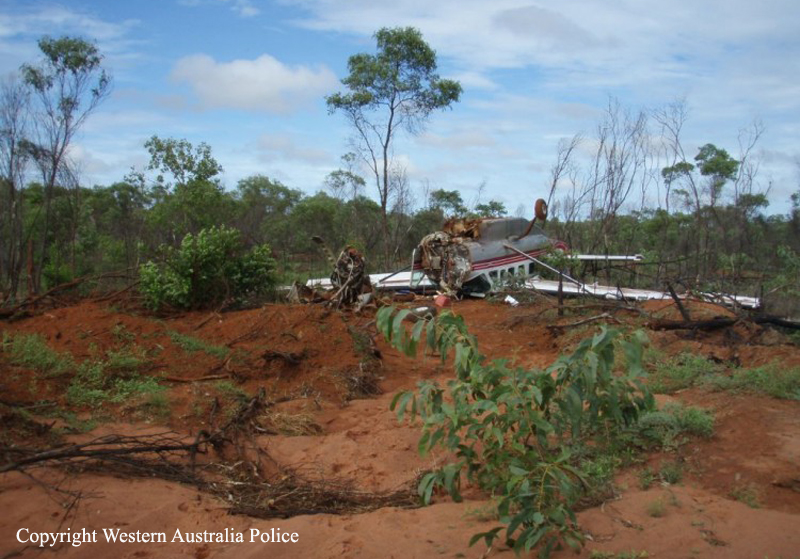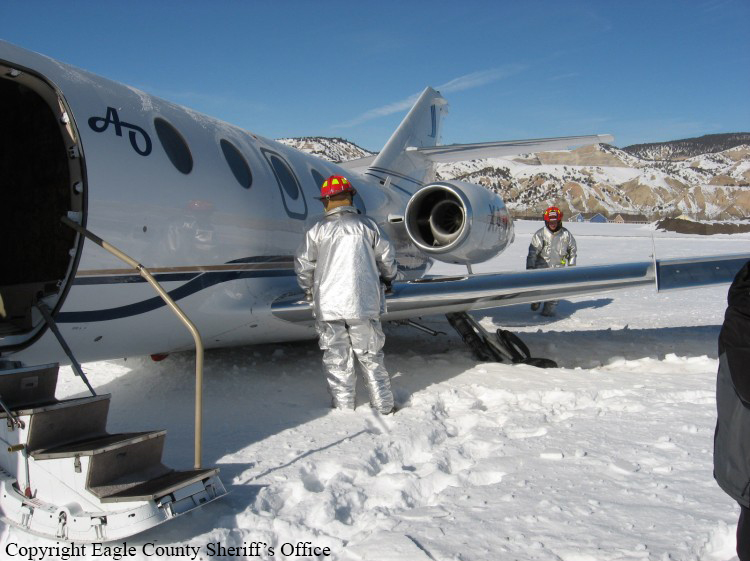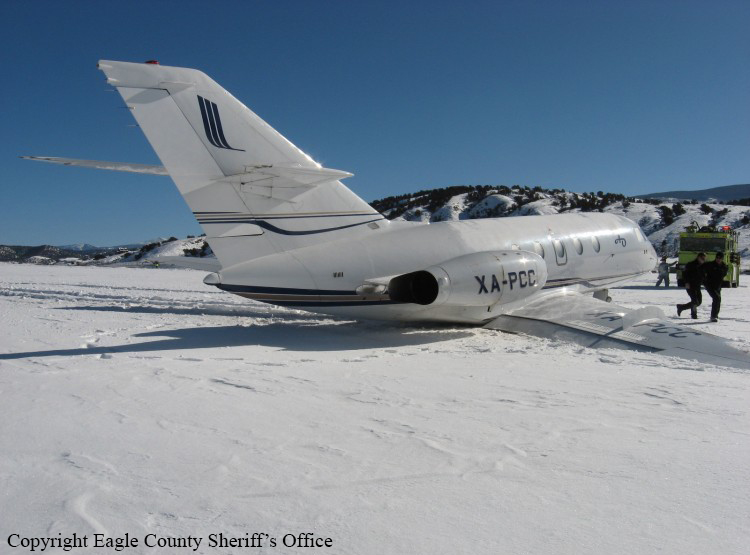Crash of a Tupolev TU-154M in Mashhad
Date & Time:
Jan 24, 2010 at 0720 LT
Registration:
RA-85787
Survivors:
Yes
Schedule:
Abadan - Machhad
MSN:
93A971
YOM:
1993
Flight number:
TBM6437
Crew on board:
13
Crew fatalities:
Pax on board:
157
Pax fatalities:
Other fatalities:
Total fatalities:
0
Circumstances:
The three engine aircraft departed Abadan for a night flight to Mashhad. Due to poor weather conditions at destination, the crew diverted to Isfahan Airport. The aircraft departed Isfahan Airport at 0535LT bound to Mashhad. While on an ILS approach in thick fog, the aircraft was in a nose high attitude when the base of the empennage struck the runway surface and separated. On impact, the undercarriage were torn off. Out of control, the aircraft slid for few dozen metres, veered off runway and came to rest with both wings partially torn off, bursting into flames. At least 46 occupants were injured while the aircraft was partially destroyed by fire. Vertical visibility was 200 feet at the time of the accident due to fog.
Probable cause:
The following findings were reported:
- The visibility was below minimums,
- The crew continued the approach despite the aircraft attitude was incorrect,
- The crew failed to initiate a go-around procedure.
- The visibility was below minimums,
- The crew continued the approach despite the aircraft attitude was incorrect,
- The crew failed to initiate a go-around procedure.
